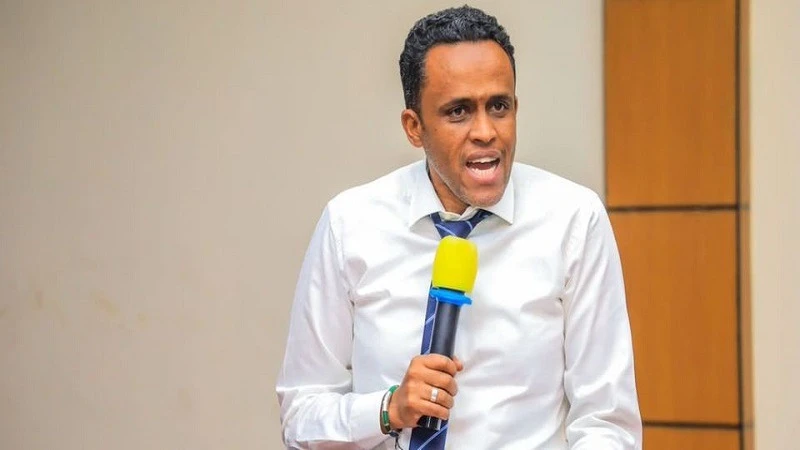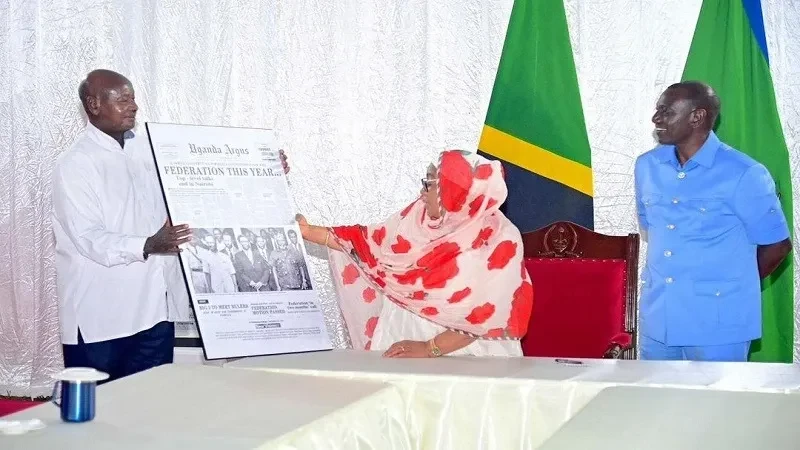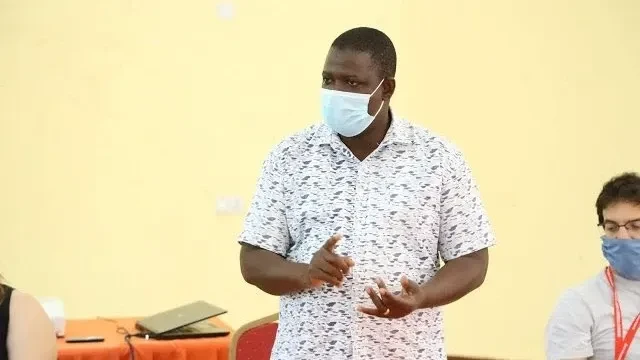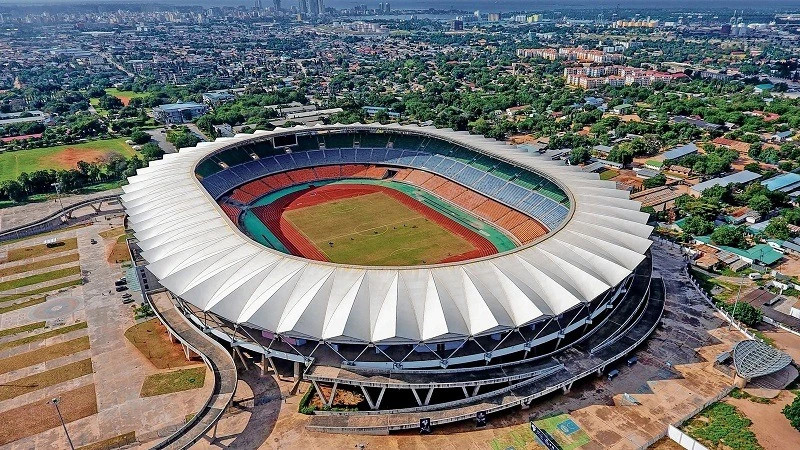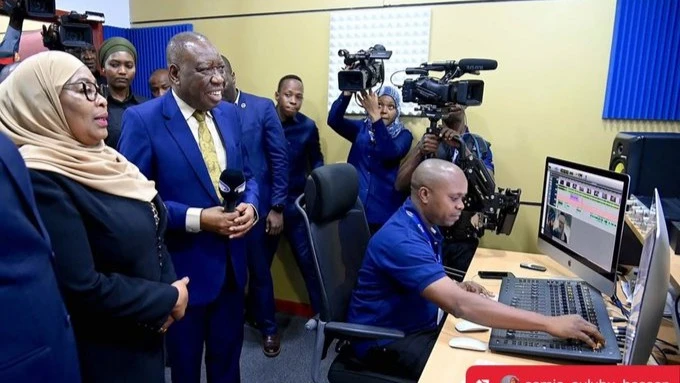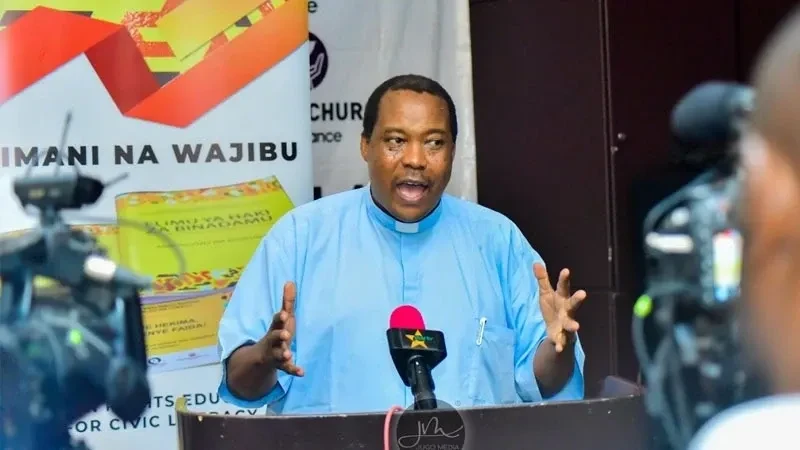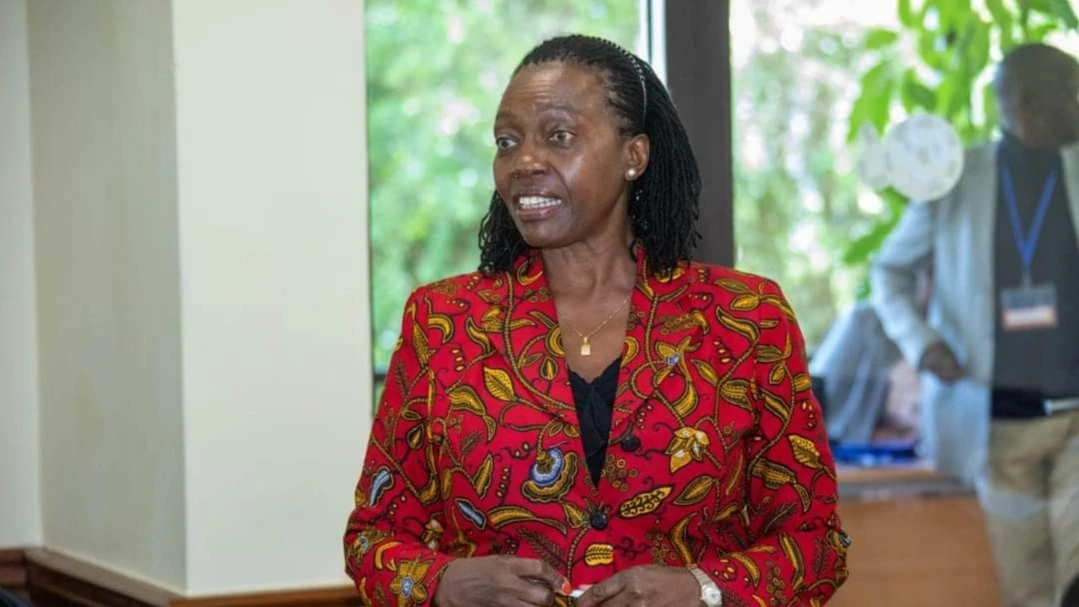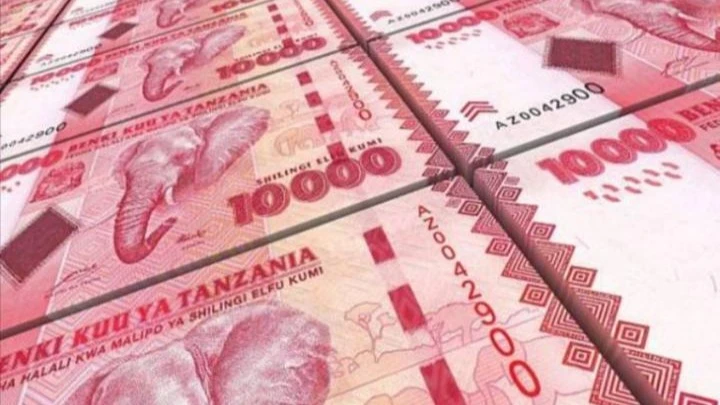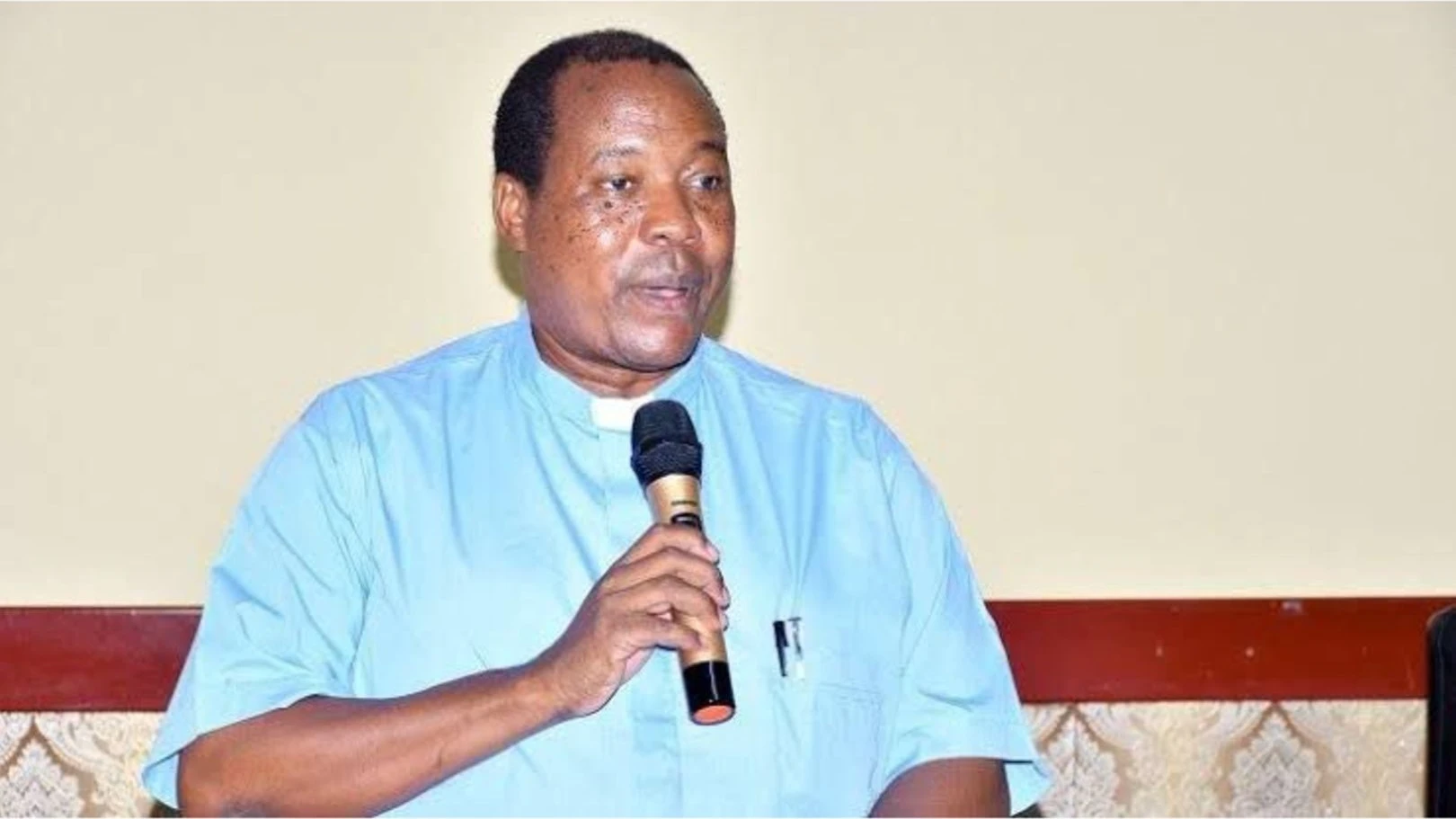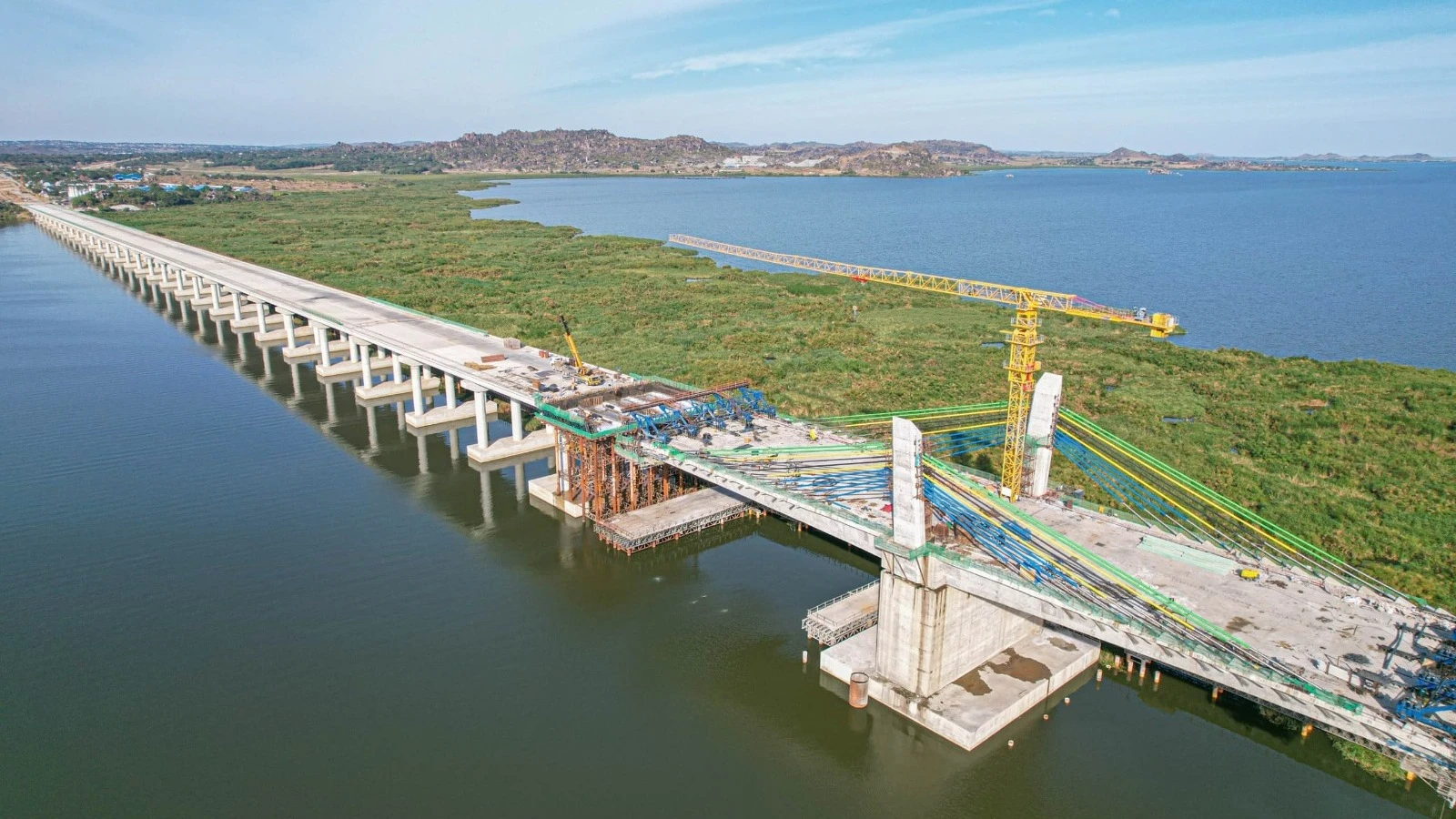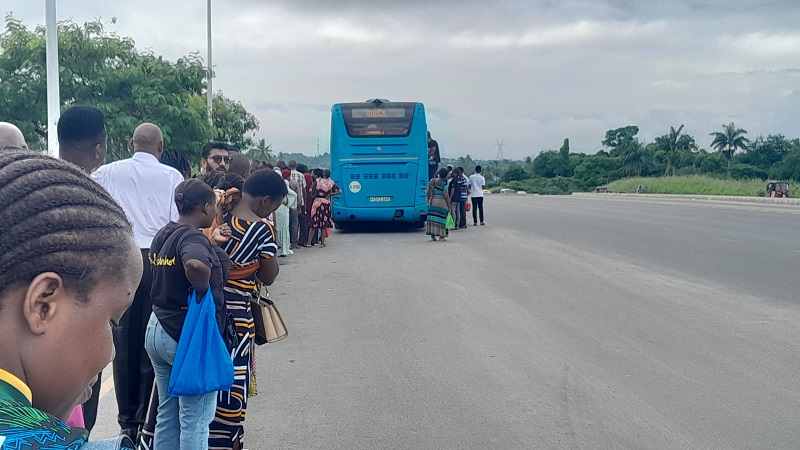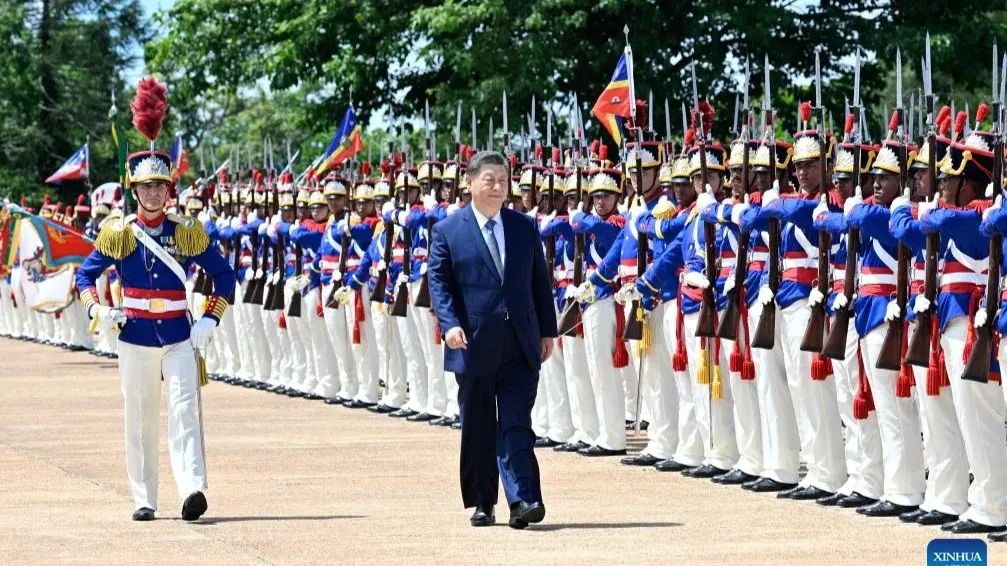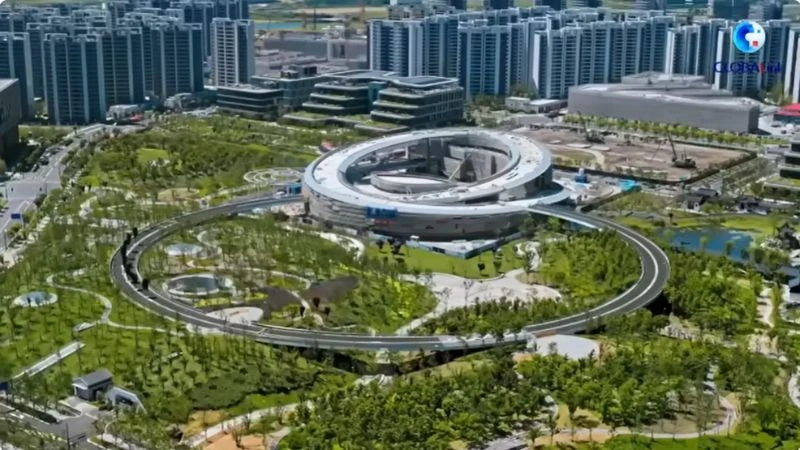Ministry allocates 16bn/- to elevate infrastructure, enrolment at MUST
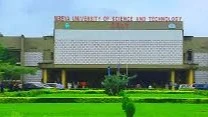
THE Ministry of Education, Science and Technology has allocated 16bn/- for development of modern infrastructure at Mbeya University of Science and Technology (MUST) to improve teaching and learning environment and increase student enrollment from 13,000 to 30,000.
The investment is part of the Higher Education for Economic Transformation (HEET) project funded by a concessional loan from the World Bank. The project aims to align education delivery with labour market demands, both within Tanzania and globally.
Prof. Said Ally Vuai, MUST Deputy Vice Chancellor for Academic Affairs, Research and Consultancy, said yesterday that since the university’s establishment in 2012, over 80 percent of its buildings had never been renovated. This led to overcrowding and hampered quality education. However, the HEET project has begun to significantly address these issues.
While student enrollment has increased from 10,000 to 13,000, the infrastructure has struggled to keep pace. Prof. Vuai emphasized that new facilities and the refurbishment of existing ones will reduce overcrowding, improve education quality and create a better teaching and learning environment.
Cornel Msemwa, HEET Project Coordinator at MUST, reported that the project is at 85 percent. New infrastructure includes an academic block with classrooms and offices, two computer labs, engineering labs, four workshops, and Centre for Innovation and Technology Transfer, all scheduled for completion by June this year.
The facilities will provide students with practical, hands-on learning opportunities and skills that align with market needs.
“To ensure education remains relevant, 46 curricula have been developed—36 new and 10 revised—all designed to meet job market demands and national development priorities in technology, engineering, and innovation,” he said.
Dr Evaristo Mtitu, Assistant HEET Project Coordinator, shared that $425 million (approximately 972bn/-) has been allocated to improve teaching and learning across Tanzanian universities. He noted that over 80 percent of the funds are directed towards building campuses in 16 underserved regions.
Dr Mtitu added that the HEET project, which concludes in 2026, will see more than 500 curricula developed, surpassing the original target of 290.
The regions benefiting from new university campuses are Kagera, Lindi, Zanzibar, Katavi, Mwanza, Tanga, Manyara, Ruvuma, Njombe, and Rukwa.
Albert Mwambafu, an architect and designer, stated that the new infrastructure is designed to support both theoretical and practical learning in high-quality environment. The four buildings currently under construction will provide hands-on learning opportunities, fostering innovation, entrepreneurship and practical expertise among students.
“This investment reflects the government’s commitment to high-quality, accessible higher education in marginalized regions to help young people realize their aspirations,” he said.
The ongoing infrastructure improvements at MUST and other universities nationwide are expected to transform higher education, enhance skills among youth, tackle employment challenges and contribute to Tanzania’s socioeconomic development.
Top Headlines
© 2025 IPPMEDIA.COM. ALL RIGHTS RESERVED


